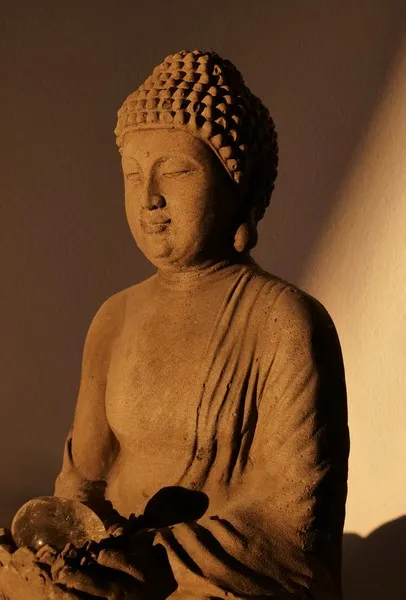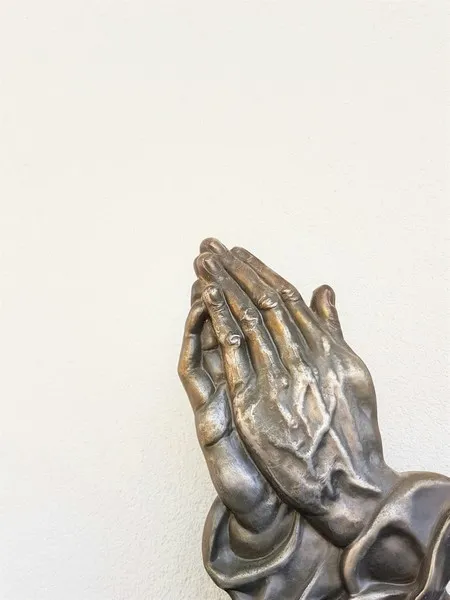Table of Contents
- Understanding Nirodha: A Brief Introduction
- Sociological Perspectives on Nirodha
- Nirodha in Modern Societies
- Reconciling Individual and Collective Dimensions
- Practical Strategies for Fostering Nirodha
- Challenges and Critiques
- Looking Ahead: The Relevance of Nirodha in Future Societies
- Conclusion
Nirodha is a central concept within Buddhism that pertains to the cessation of suffering. While often discussed in the context of religious and philosophical teachings, Nirodha also bears profound sociological implications. By exploring how society shapes and is shaped by the pursuit of the cessation of suffering, we can gain a deeper understanding of personal transformation, collective well-being, and cultural dynamics. This article aims to elucidate the sociological dimensions of Nirodha, examine its relevance for modern society, and consider how individuals and communities navigate the quest to alleviate suffering in contemporary life. The discussion herein will be structured in a way that is accessible to undergraduate students, and yet sufficiently rigorous to engage those with some familiarity with sociological theories and concepts.
Understanding Nirodha: A Brief Introduction
Nirodha, in the Buddhist tradition, is the third of the Four Noble Truths. It signifies the possibility of ending or eradicating suffering. In its original religious framework, Nirodha suggests that individuals can attain a state of liberation by disentangling from attachments and cravings, ultimately reaching a profound inner peace and freedom. Although this can be approached purely through spiritual inquiry, sociologists might contextualize Nirodha by examining how material conditions, cultural norms, and social networks either facilitate or hinder the path to cessation of suffering.
The Four Noble Truths
- Dukkha (Suffering): The recognition that dissatisfaction and unease are pervasive in human life.
- Samudaya (Origin of Suffering): The acknowledgment that craving, attachment, and ignorance give rise to suffering.
- Nirodha (Cessation of Suffering): The insight that suffering can indeed be ended or drastically reduced.
- Magga (Path to the Cessation of Suffering): The practical framework—the Noble Eightfold Path—by which individuals can work toward Nirodha.
While these truths are typically understood through a religious or philosophical lens, we can also delve into their sociological significance. For example, Dukkha (suffering) may be examined within social structures such as systemic inequality, cultural dislocation, or economic deprivation. The causes of suffering might then be explored through the lens of collective desires, consumer culture, and social injustices. Nirodha, in turn, prompts questions about the social conditions that enable individuals and communities to diminish or eradicate suffering.
Sociological Perspectives on Nirodha
From a sociological standpoint, Nirodha is not solely an individualistic pursuit of spiritual freedom but also interacts with communal values, social policies, and cultural norms. When we consider the notion of Nirodha as cessation from a social perspective, we see it as a multi-layered process that involves:
- Individual Agency: Personal choices, discipline, and introspection.
- Cultural Context: Norms, symbols, and collective representations that shape how people understand suffering and its cessation.
- Social Structures: Institutional frameworks such as health care, education, or economic policy that influence access to resources and social support.
Cultural Transmission and Collective Beliefs
Sociology highlights the ways cultural beliefs and practices spread through socialization, thereby shaping how people interpret suffering and the paths to address it. In many Buddhist societies, the concept of Nirodha is embedded in cultural rituals, social ceremonies, and everyday practices. Even in non-Buddhist contexts, elements of mindfulness, meditation, or the quest to end internal turmoil have permeated popular culture in the form of self-help movements, wellness programs, and mental health initiatives.
In considering cultural transmission, sociologists pay attention to institutions like:
- Religious Organizations: Temples, monasteries, and lay groups.
- Educational Systems: Schools that incorporate mindfulness or moral education.
- Family Units: Parents, elders, and mentors who pass on values and coping mechanisms.
Through these institutional frameworks, the core idea that suffering can be managed, alleviated, or ended is communicated, adapted, and transformed over time. Thus, the very notion of Nirodha becomes part of a broader cultural repertoire, influencing how people respond to stress, conflict, and adversity.
Social Inequality and the Feasibility of Nirodha
A critical sociological question centers on whether all individuals enjoy the same opportunities to pursue Nirodha. The ease with which one can engage in self-improvement or spiritual practices often hinges on material conditions and social standing. Economic hardship, social discrimination, and lack of access to supportive communities can impede one’s journey toward the cessation of suffering. On the other hand, privileged groups with more time, resources, and social capital may find it easier to integrate meditative practices, therapy, or retreats into their lives.
Sociologists might thus argue that:
- Inequality in Resources: Those in lower socio-economic strata have fewer means to engage in spiritual or psychological development.
- Cultural Capital: Individuals who belong to communities that place a high value on meditation and self-reflection may more readily pursue Nirodha.
- Structural Barriers: Healthcare disparities, educational inequities, and social stigma can hinder people from seeking help or finding supportive networks that encourage the lessening of suffering.
Understanding these disparities underscores the importance of designing inclusive social policies that provide psychological and spiritual resources, thereby democratizing the possibility of Nirodha for a wider range of individuals.
Nirodha in Modern Societies
In many contemporary societies, there has been a surge of interest in mindfulness, mental health awareness, and holistic well-being—all of which resonate with the Buddhist idea of reducing suffering. While the spiritual roots of these practices are often obscured when popularized in mainstream culture, the underlying drive to alleviate distress remains present.
The Wellness Industry and Commodification
One of the hallmarks of modern societies is the commodification of ideas, including those that originate in religious or philosophical traditions. The pursuit of Nirodha, or cessation of suffering, can be rebranded as a product offered in self-help seminars, therapeutic apps, or meditation retreats. While these offerings can arguably bring benefits, sociologists question the commodification of spiritual concepts:
- Commercialization: Turning Nirodha into a consumer product may dilute its transformative potential.
- Accessibility: Market-driven solutions may be financially out of reach for many, reinforcing social inequalities.
- Cultural Appropriation: Certain practices or concepts drawn from Buddhism might be stripped of their historical and cultural context.
Community-Based Approaches
Beyond commodified versions of well-being, there exist community-led and grassroots movements aiming to reduce suffering and promote collective resilience. Community centers, support groups, and non-profit organizations often incorporate Buddhist-inspired mindfulness programs without heavily commercializing them. Such initiatives can foster:
- Social Cohesion: People often bond over shared struggles, forging supportive networks.
- Collective Efficacy: When communities work together, the pursuit of Nirodha can intersect with social justice, activism, and community development.
- Cultural Sensitivity: Programs tailored to specific cultural contexts, acknowledging historical traumas and community values.
These communal approaches can potentially offer a more inclusive pathway to mitigating suffering, one that emphasizes mutual support rather than individual self-improvement.
Reconciling Individual and Collective Dimensions
Get the full article AD FREE. Join now for full access to all premium articles.
View Plans & Subscribe Already a member? Log in.





